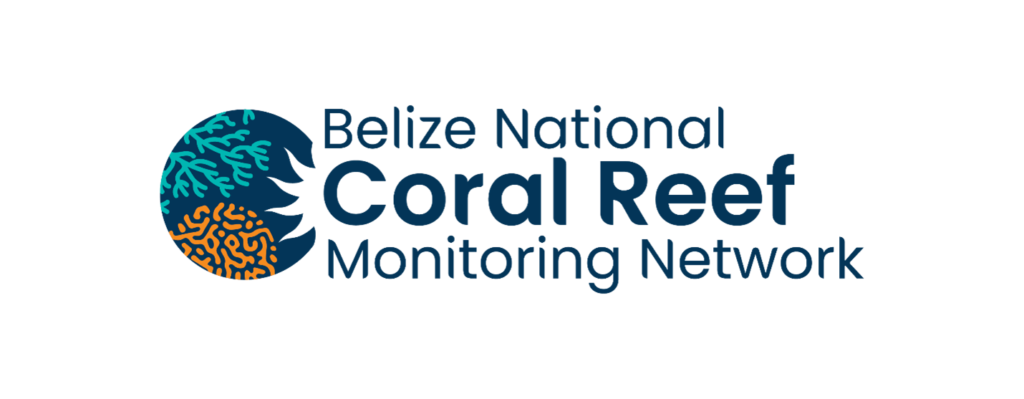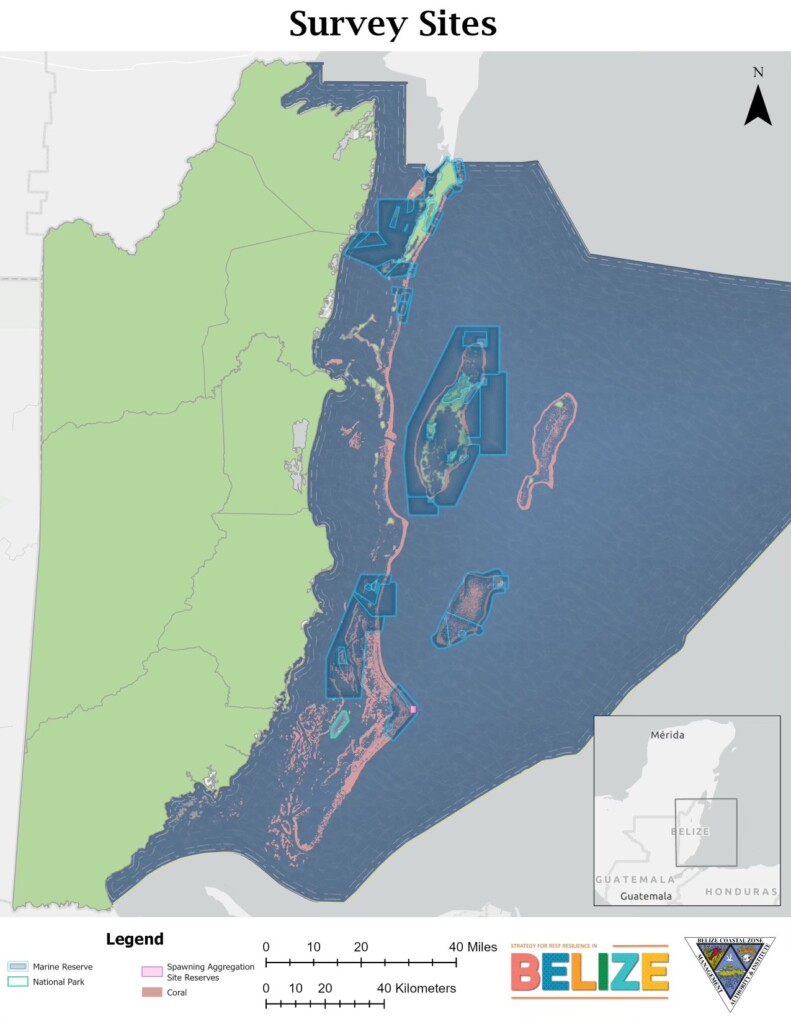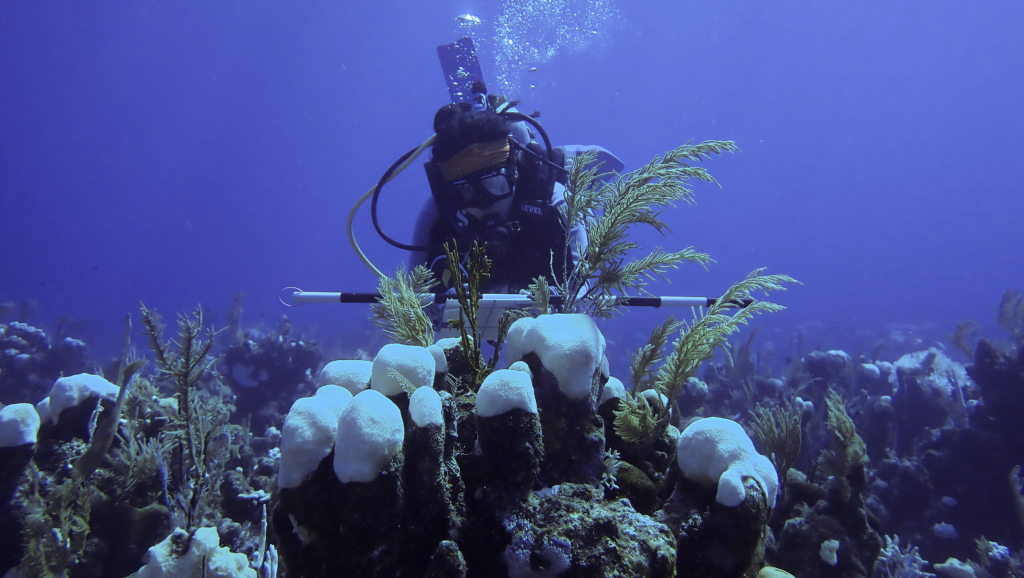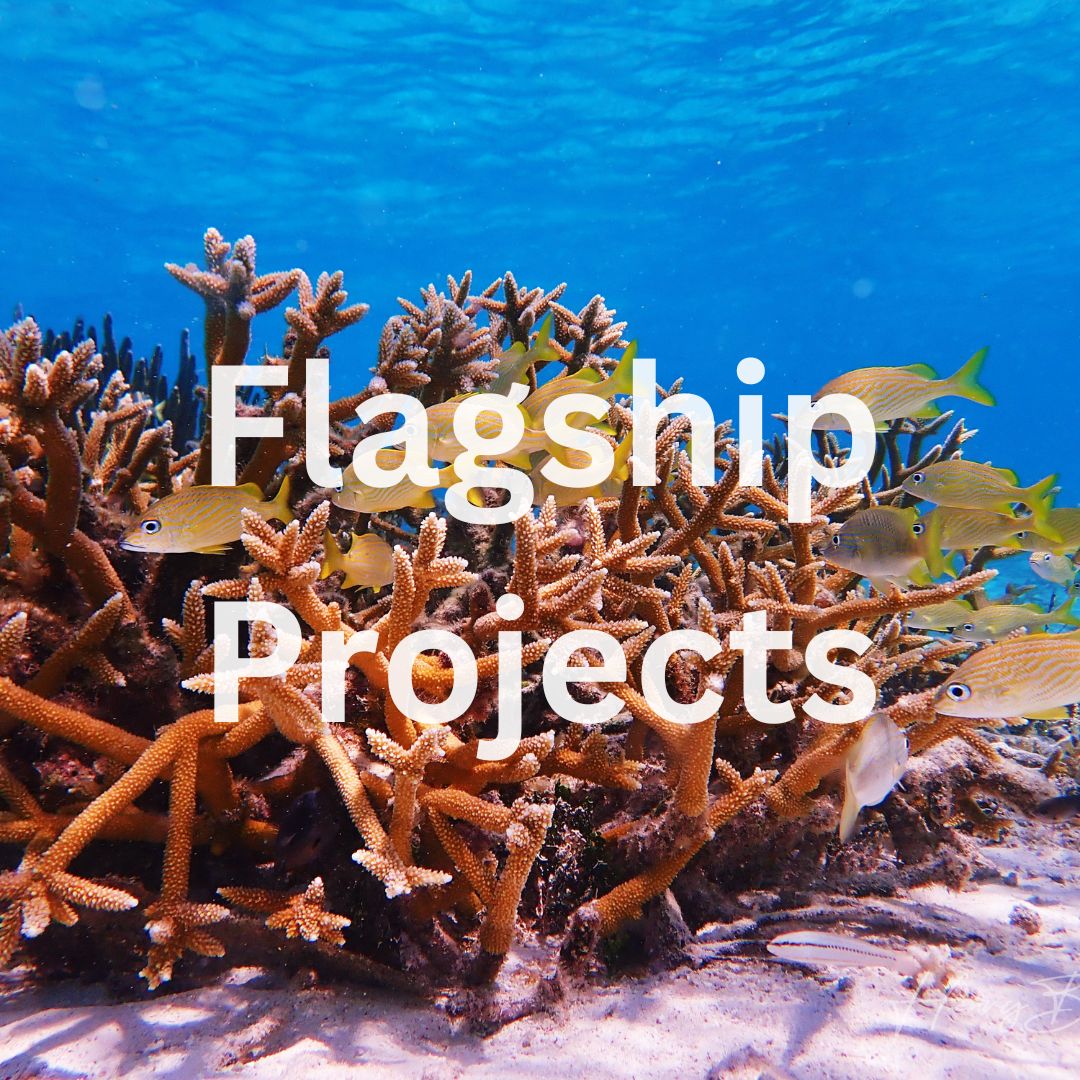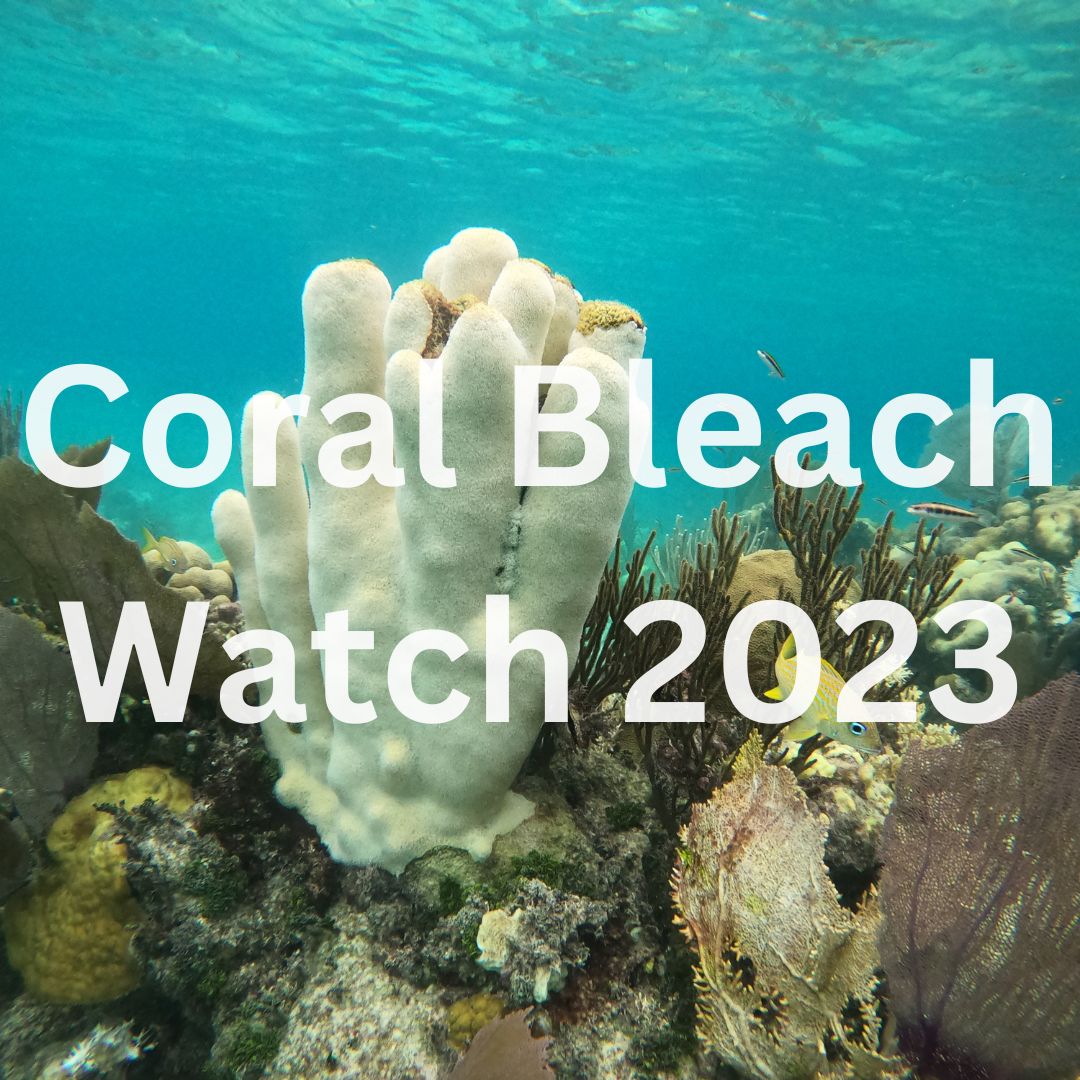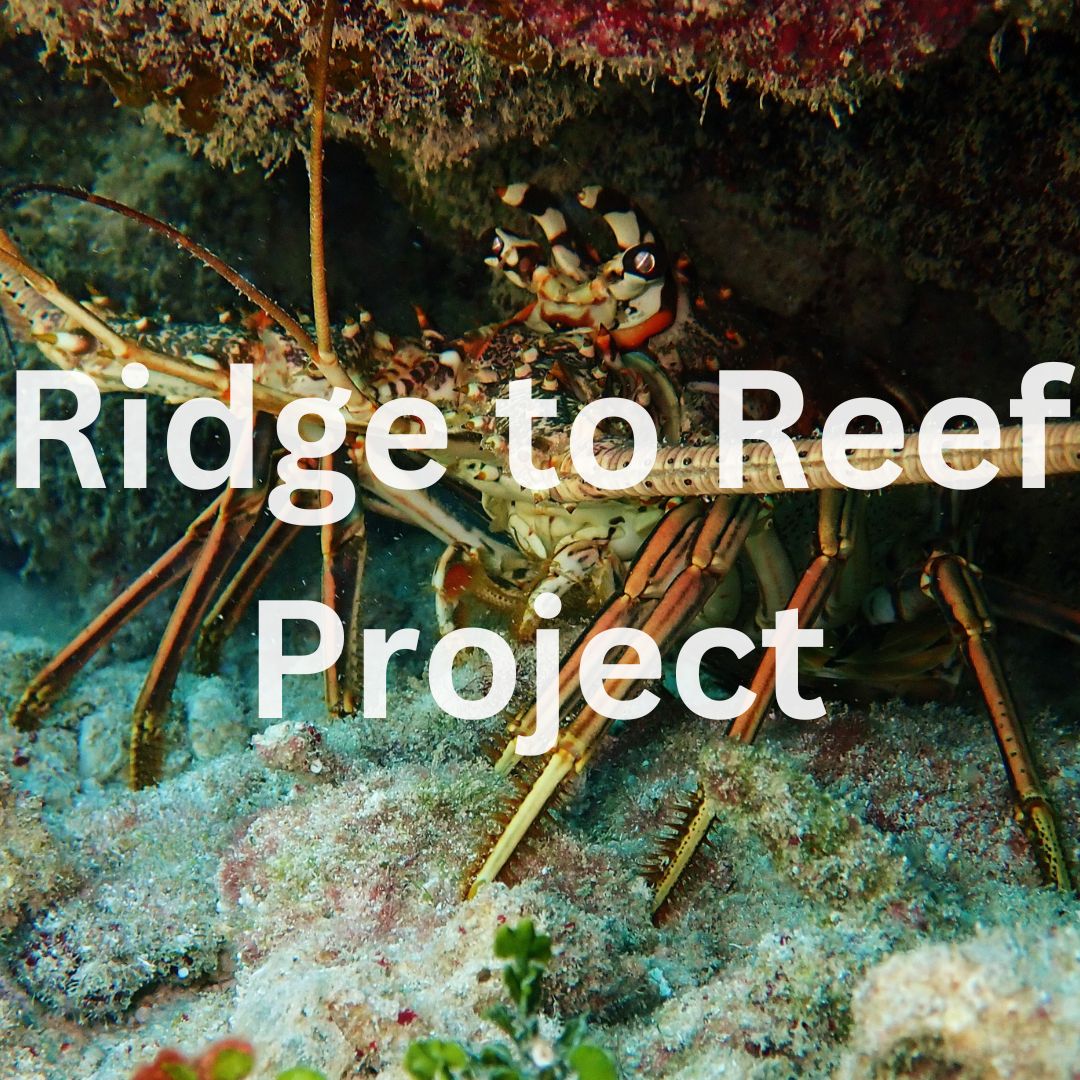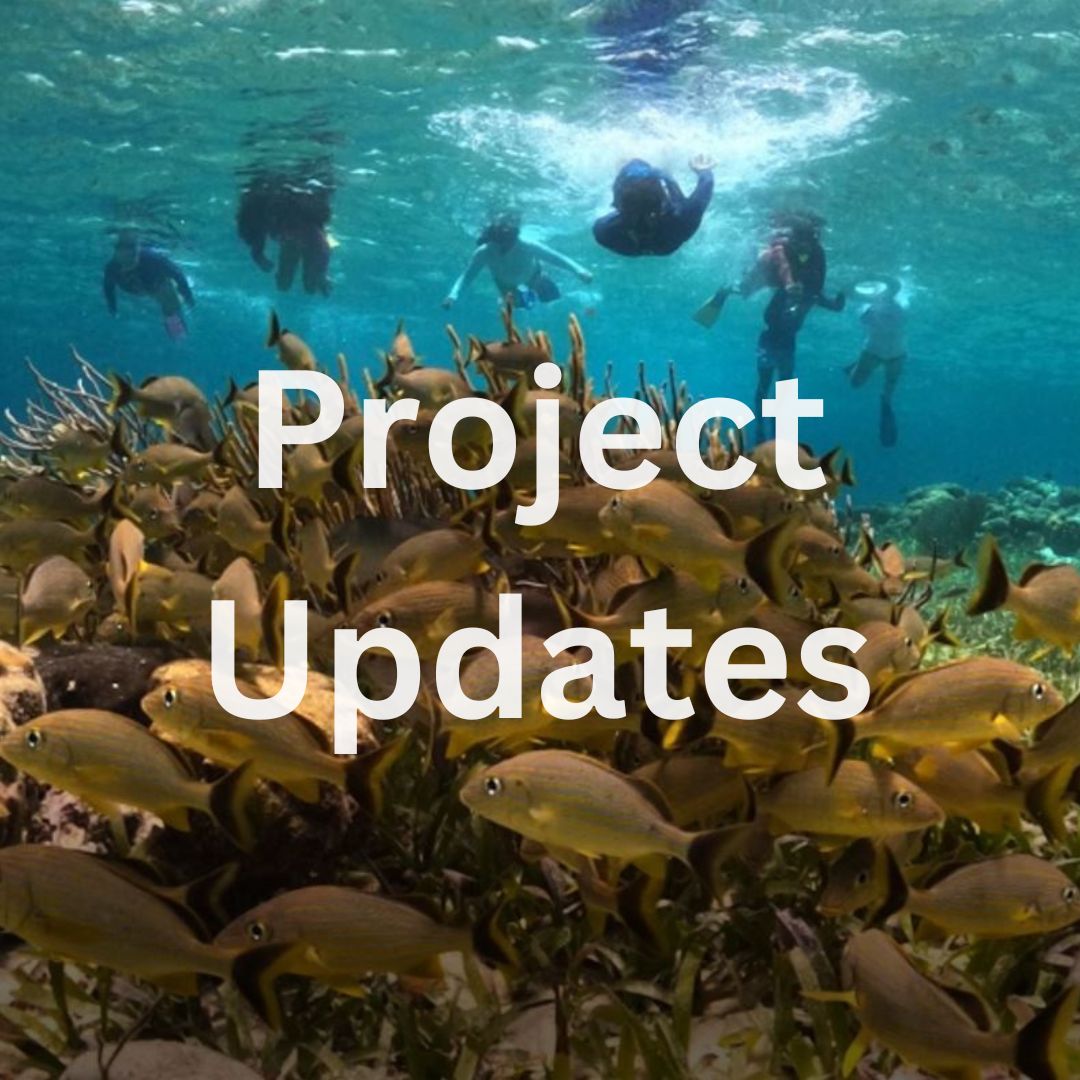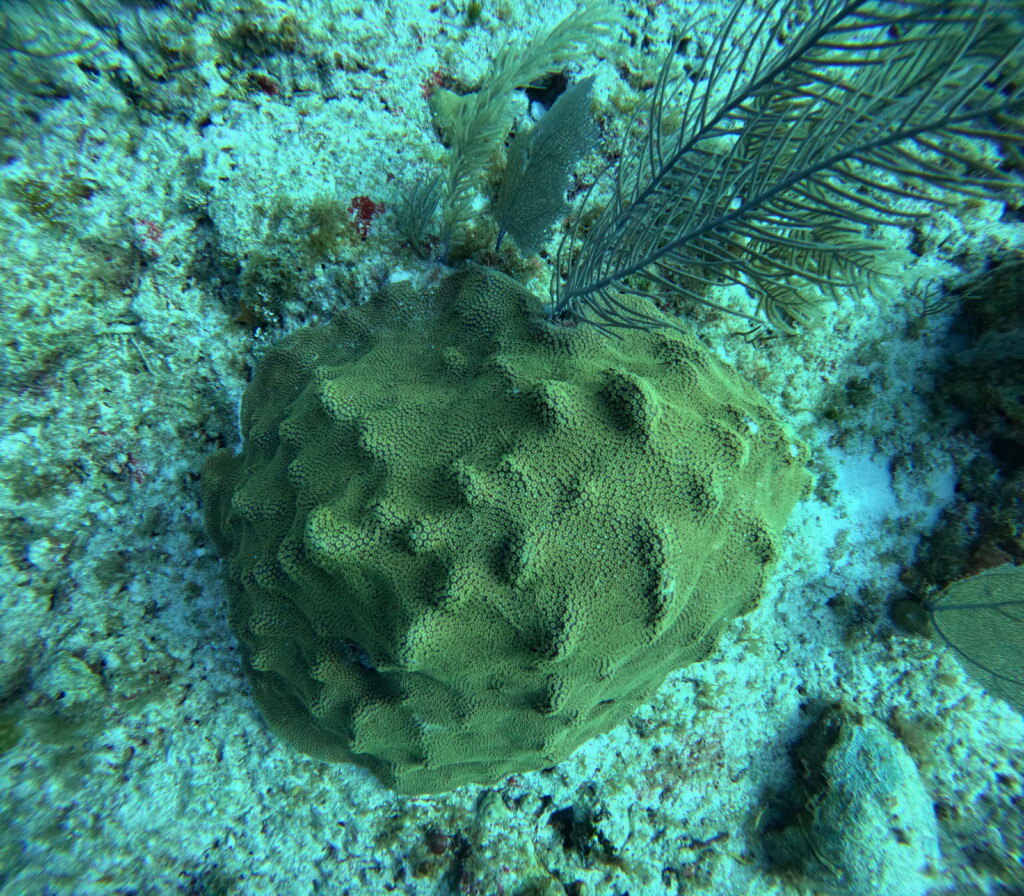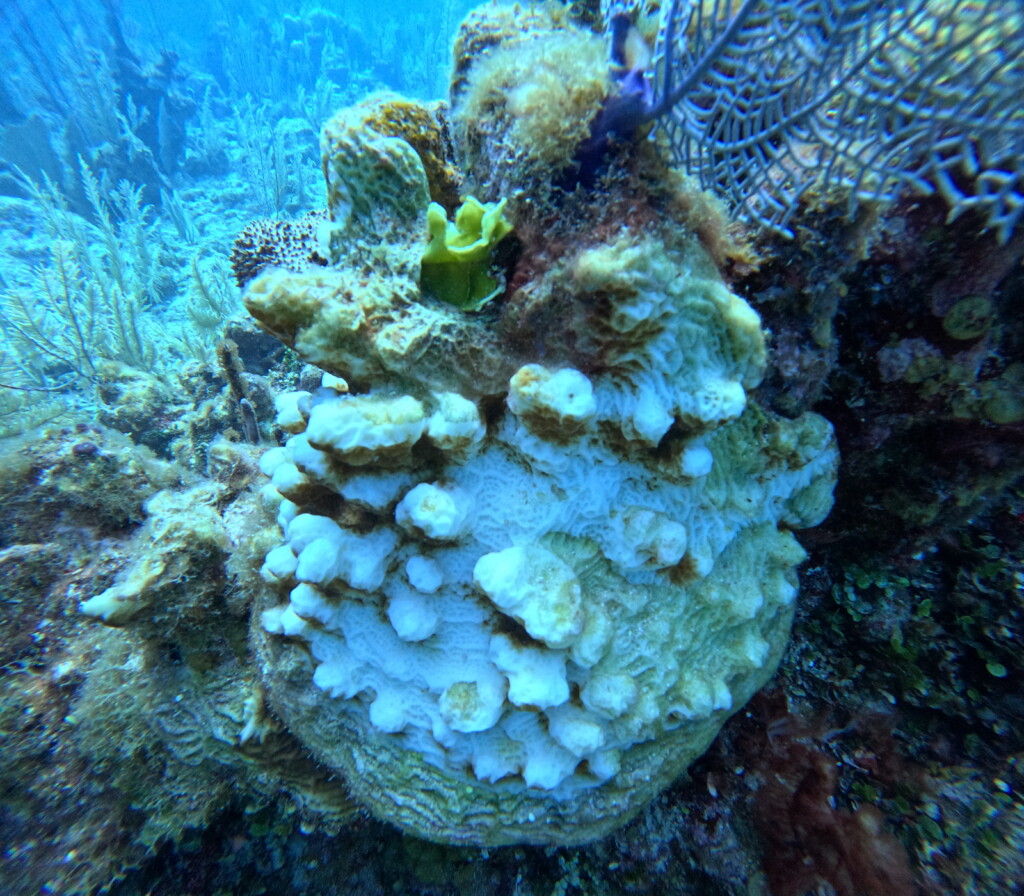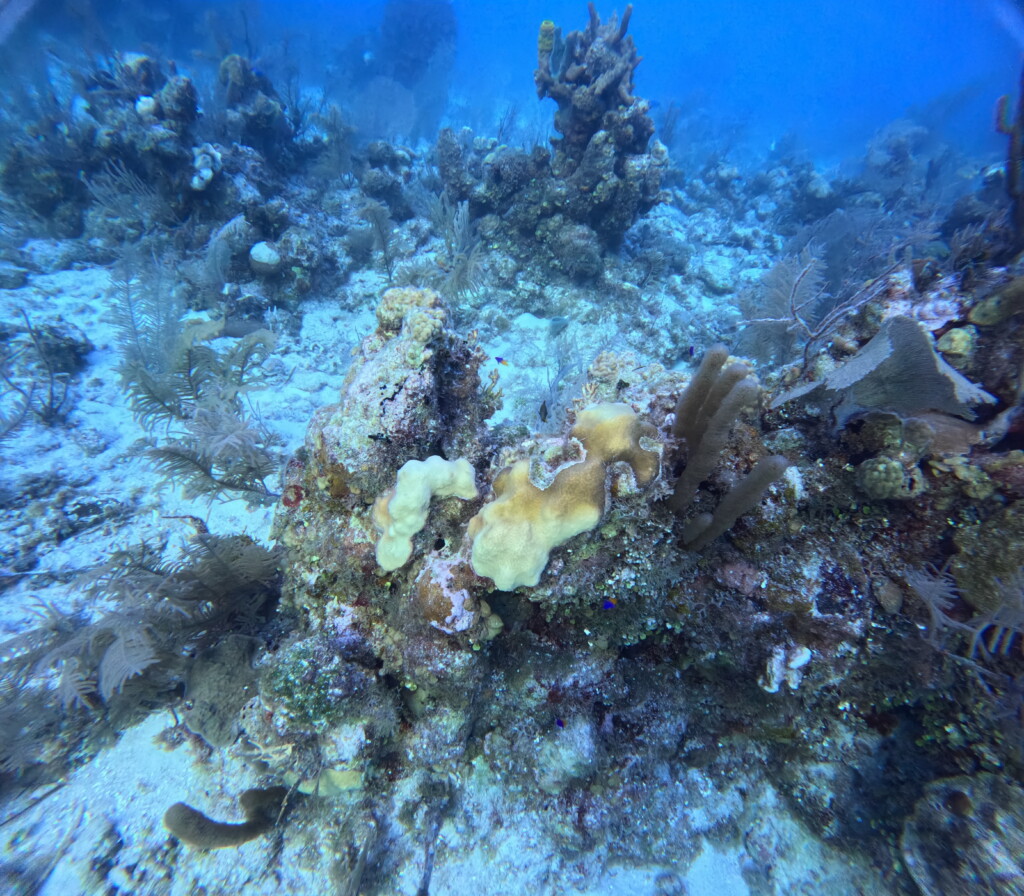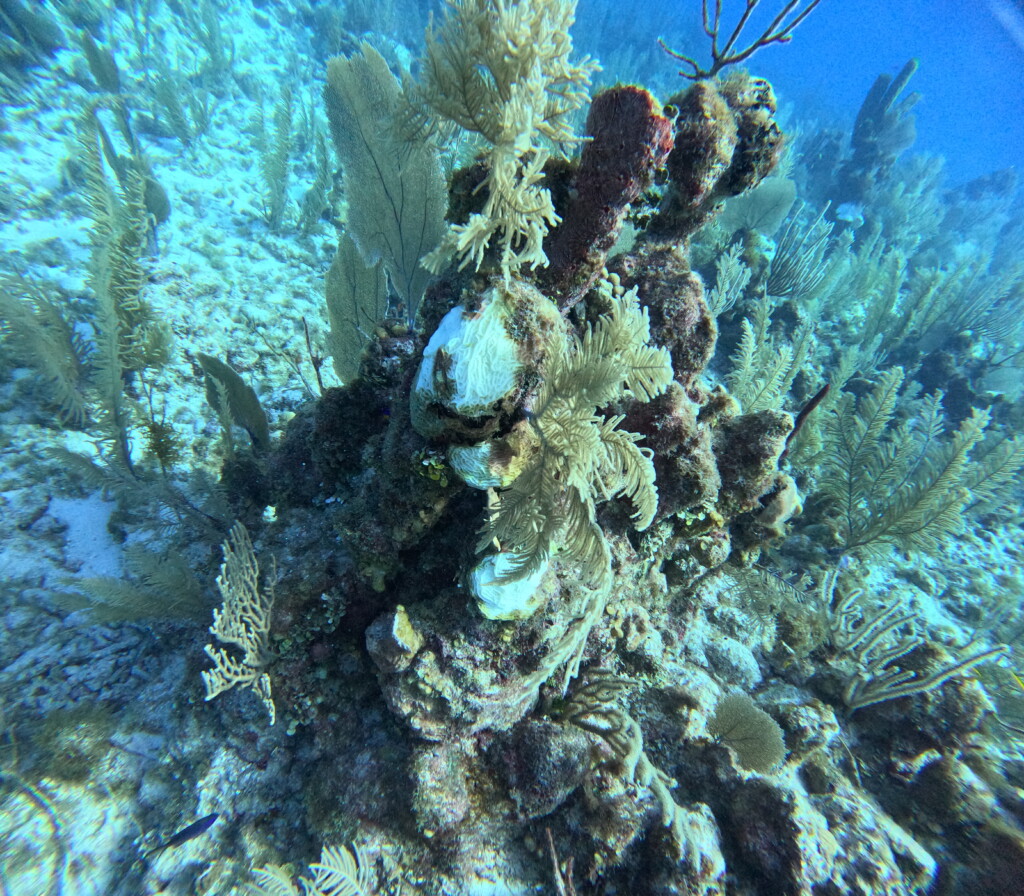Climate crisis and Coral Survival effort
Background
Globally, the temperature in 2023 was record-breaking, and Belize was severely impacted by the global heatwave. Data from in situ temperature loggers in Southern Belize indicated that temperatures spiked to 33 degrees Celsius in June 2023, an unprecedented high for this time of year, raising major concerns about coral reef bleaching.
In response, the National Coral Reef Monitoring Network (NCRMN), with funding support from the Resilience Reef Initiative, facilitated urgent monitoring of coral reefs within marine protected areas in Belize. The following observations were taken into account: 1) NOAA Coral Reef Watch had already issued bleaching alerts, and 2) monitoring visits conducted by the Fisheries Department and partners in late June 2023 confirmed bleaching.
The National Coral Reef Monitoring Network (NCRMN) is a network of marine managers throughout Belize. It plays a vital role in the conservation and management of coral reefs.
The NCRMN’s responsibilities include monitoring coral health, collecting and analysing data, supporting early warning systems, facilitating research, promoting public awareness and education, creating policy and management recommendations, and fostering collaboration and networking to drive change.
Overall, the NCRMN aims to protect the health and resilience of Belize’s coral reefs through ongoing monitoring, research, and collaborative efforts.
Goal of project
The project’s main goal was to report on the impacts of bleaching observed on the reef during the peak months of bleaching. During the major bleaching event of 2023, the NCRMN in Belize undertook coral bleaching surveys during the hottest months of the year: September, October, and November.
A follow-up survey was conducted in February and March 2024 to evaluate coral recovery and mortality in the areas most affected in 2023.
Where were surveys done?
8 Marine Reserves + 1 National Park
- Bacalar Chico Marine Reserve
- Hol Chan Marine Reserve
- Caye Caulker Marine Reserve
- Turneffe Atoll Marine Reserve
- Glover’s Reef Marine Reserve
- South Water Caye Marine Reserve
- Gladden Spit & Silk Cayes Marine Reserve
- Laughing Bird Caye National Park
To assess the extent of coral bleaching rapidly and quantitatively the Weighted Bar Swimming Transect (WBST) method adapted from AGRRA was used. The method consists of a diver using a one-meter PVC pipe marked at every 0.25 meters (5 marks per bar including the ends). The surveyors swim in a straight line along the reef crest holding the bar perpendicular to the line of the swimming transect. After three kick cycles, the bar is released directly onto the substrate. The species and condition of the corals (=> 10 cm) lying under the marks or 12.5 radius from the marks are recorded.
Stay tuned for updates on the results of these surveys in the upcoming recap newsletter to be released in August 2024.

